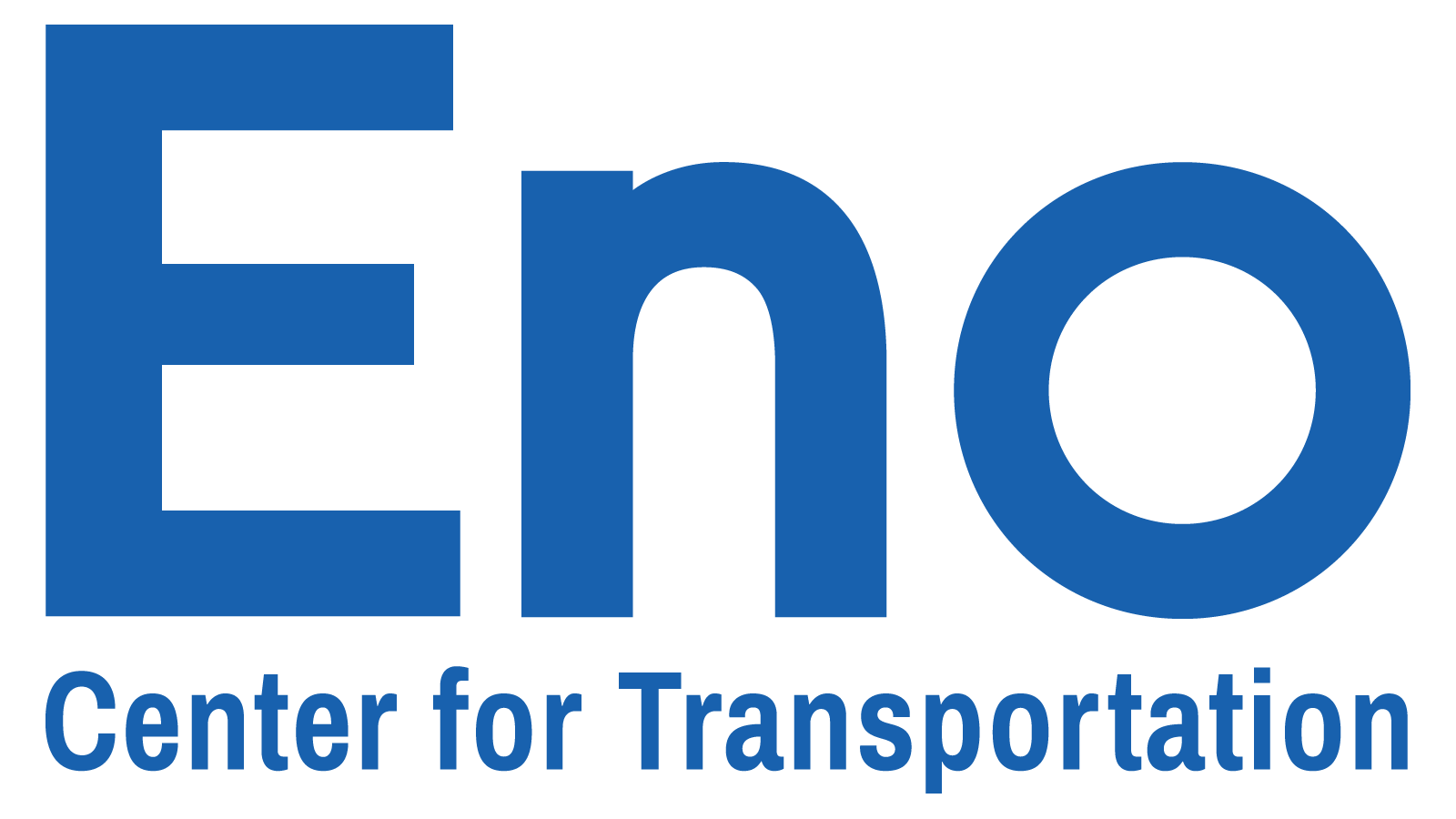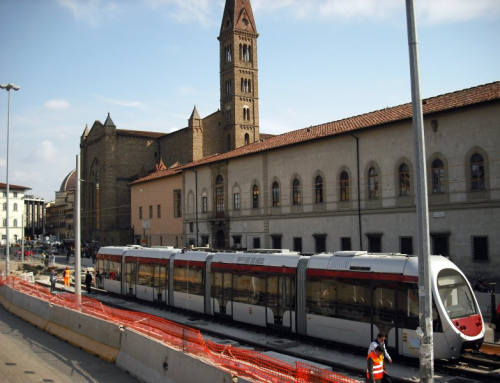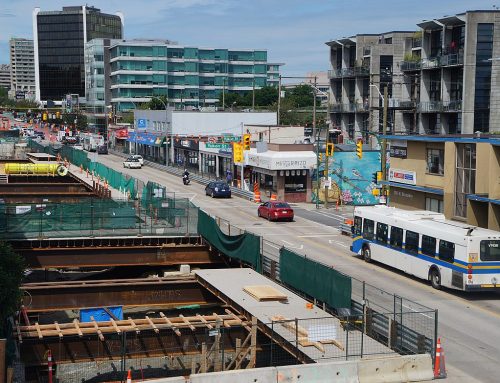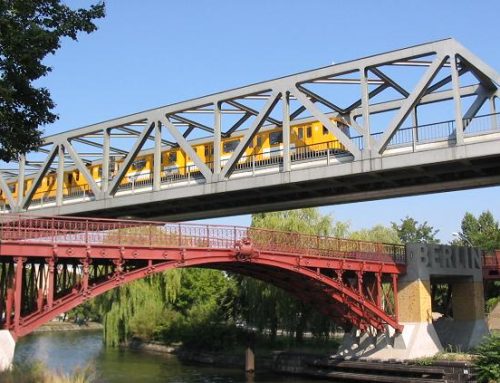Japan
Japan has an expansive existing rail network and has constructed 18 new urban rail projects in eight cities over the past 20 years. Per-mile costs for these lines have ranged from $121 to $318 million for mostly at-grade projects, and $342 to nearly $1.3 billion for primarily tunneled projects.
Average Japanese per-mile construction costs are higher than most other democratic countries, due in part to the complex interfaces with existing systems and the strong emphasis on high operational quality in project design. The country’s planning and decision-making processes are largely centralized through the national government, though there is regular and robust coordination between the national and municipal governments.
Table of Contents

Governance
The Japanese Government is a parliamentary constitutional monarchy. The country’s prime minister serves as head of government, while the emperor serves as the ceremonial head of state. The prime minister is typically the leader of the majority party or governing coalition in the House of Representatives. Japan is a civil law country.
The national government is headed by the prime minister, who appoints members of the cabinet. The legislative branch of the national government consists of the Bicameral Diet (Kokkai). Within both chambers of the Diet, some members are directly elected in multi-seat districts while others are elected via single-seat districts by proportional representation vote.
The National Ministry of Land, Infrastructure, Transport, and Tourism (MLIT) is the key national agency overseeing the planning and approval of infrastructure projects, and controls 80 percent of the state budget for public works. There is strong integration of land use and transportation planning within public works projects at the national level. A notable feature is strong concentration of power within the Japanese government, though there have been recent efforts and trends towards decentralization.
The national government regulates rail and bus operators through safety inspections of infrastructure and rolling stock through the Railway Business Act and Road Transportation Business Act. The national government also regulates fares for rail and bus service. An independent committee recommends a maximum fare, and while regulators are not bound by the findings of the committee, they typically respect its findings. Rail and bus operators do not need approval to change fares as long as they fall within the approved range, but they must notify the government.
Administratively, Japan is divided into 47 prefectures. These prefectures consist of one metropolitan district (Tokyo), two urban prefectures (Kyoto and Osaka), one district (Hokkaido), and 43 rural prefectures. Prefectures do not have formal transportation authorities but are tasked with developing regional development plans and five-year public works plans. Within these prefectures lie independent, self-governing municipalities. Municipalities help plan and coordinate transportation and land use, alongside other public services. Many of the country’s largest municipalities also directly operate bus networks.
Public transportation in major cities is governed and operated by a mix of public and privately owned corporations. In Tokyo, two major corporations operate public transportation: Tokyo Metro Limited, a private stock corporation owned jointly by the national and metropolitan governments, and the Toei Subway, which is owned and operated by the Tokyo Metropolitan Bureau of Transportation, a public agency. (The Bureau also operates the region’s streetcar and bus lines.) Several private companies operate individual lines, though they are integrated within the larger transit network via nationally regulated fares. In Osaka, public transportation is operated by Osaka Metro Limited. Bus service is largely operated by the municipal government in the country’s largest cities.
Project planning and regulation
MLIT leads long-term planning and decision-making for rail public transportation projects in major cities, with advising from the Council for Transportation Policy. The council has numerous subcommittees that make recommendations for major capital and maintenance projects for the Tokyo Metro as well as other major cities in response to questions from MLIT. According to interviewees, members of the council hail primarily from academia, rather than elected office.
Transit operators and municipalities participate in these subcommittees as “observers” and can propose individual projects from their own planning work to the council for consideration and approval by the ministry. Interviewees noted that the ministry and local stakeholders like Tokyo Metro and the municipalities are in regular communication. In 2007, the national government passed the Local Public Transport Revitalization and Rehabilitation Law, which gave municipalities more authority over various town planning and development tasks and pushed for greater integration of transportation plans into town development planning.
Public works projects in Japan are subject to the national Environmental Impact Assessment (EIA) Law. Public works projects are categorized into two classes to determine whether they must go through an EIA. Class 1 projects include major public works projects with significant impacts, including all national expressways, Shinkansen high-speed rail lines, nuclear power plants, and rail lines longer than 10 kilometers. Class 2 projects are reviewed on a case-by-case basis to determine whether they must complete an EIA. For transportation projects, MLIT screens projects using its own set of criteria, and the prefectural governor under whose jurisdiction the project lies also submits their opinion. The ministries are encouraged to take the opinions of the prefectural governor into consideration, given their familiarity with a particular project’s local context.
If MLIT classifies a project as Class 1, the process involves preparing several documents and allowing for governmental and citizen comment. First, project sponsors develop a draft scoping phase document that details the method of impact evaluation to be used and decide what environmental factors will be assessed as part of the EIA. The public can submit comments for a one-month period. The project sponsor then summarizes and responds to comments and forwards them on to the municipal mayor, prefectural governor, and appropriate national ministry, who have 90 days to submit their respective opinions. After this period, the project sponsor takes all comments into account and finalizes the plan for the EIA.
Project sponsors then prepare a draft environmental impact statement (EIS), which goes out for a one-month public review. Summaries of and responses to public comments are then prepared and sent to the prefectural governor and municipal mayor, who have 120 days to submit their opinions. After this period, the project sponsor develops a revised EIS document taking the public, municipal, and prefectural opinions into consideration. This document is then sent to any “issuers of licenses” (i.e. the MLIT for transportation projects) as well as the Ministry of Environment for their input. Once these agencies submit their opinions, the project sponsor then completes the final EIS, which becomes available for public comment and review for one month. MLIT then approves the final EIS with any last changes.
During construction, project sponsors are required to monitor and conduct surveys of environmental conditions, then develop an Impact Mitigation Report that documents the implementation of the project, magnitude of impacts, and measures taken to mitigate impacts identified.
The MLIT also sets regulations for safety and technical standards for passenger trains. Two major fire incidents in 1968 and 1972 called attention to the need for fire safety provisions and led directly to the A-A Standard, which regulates combustibility in trains’ materials. Technical standards include provisions on guideway designs, electric facilities, intersections with roads, safety facilities, maintenance, rolling stock, and operations. Given Japan’s history of earthquakes, MLIT sets a series of robust seismic standards. Projects must also secure permits from local municipalities.
Project funding
Major public transportation projects in Japan are funded via national and local government support. The national government typically contributes one-third of the construction funding, and the remainder comes from municipalities and transit operators. Transit operators often borrow funds to cover construction costs, backed by future fare revenues or local taxes. The national government allows transit operators to access government backed loans, though interviewees noted there has recently been little difference in costs between private and government borrowing due to low interest rates.
Operators not only own their physical rail infrastructure, but also have significant real estate interests — including stores, apartment complexes, hotels, schools, and child care facilities — adjacent to rail stations in order to maximize revenue, as fares alone do not typically cover operating costs (on average, they amount to only 30 percent of revenue). These related interests mean private rail operators tend to generate profits and do not receive operational funding from the government, though the government does provide capital for renovations, capacity expansion, and accessibility improvements. Value capture is also frequently used as a financing tool for projects.
Project construction
Various entities are involved in building rail transit projects in Japan. In most cases transit lines are built directly by the operating agency, though some are handled by the municipality. Several major lines, as well as the nation’s high-speed rail lines, are built by the Japan Railway Construction, Transport, and Technology Agency (JRTT). JRTT has delivered the Tsukuba Express, Higashi Line (Osaka), Fukutoshin Line (Tokyo), Meijo Line (Nagoya), and Narita Sky Access Line. JRTT also assists transit companies or those without sufficient technical capacity in building major projects.
The existence of several private operators in Japan previously led to some connectivity challenges, particularly in terms of “missing links” in the rail network to minimize transfers. To address this issue, the national government passed the Act on Enhancement of Convenience of Urban Railways in 2005 to improve connectivity and promptness, as well as to minimize transfers within the existing urban rail network. This law prioritizes and funds projects that either increase service speed through building new rail links between existing lines or enhance mobility in stations through capital projects that improve connections and routes within existing rail facilities.
Construction in Japan is also complicated by challenging terrain, a dense urban environment, and high standards for seismic safety. For example, the Minatomirai Line goes underneath manmade islands and reclaimed land, which required deep and difficult tunneling and made it the most expensive Japanese urban rail project in the past 20 years.
Takeaways
Construction costs in Japan are higher on average than peer countries on a per-mile basis. Several factors contribute to this, including complex soils and geographies in some of the densest cities in the world. Also, Japanese urban railways are among the most extensive and reliable in the world. The most straightforward projects are already completed, which has left more complicated lines and extensions as the country’s newer priorities. The high demands for operational reliability could be a factor associated with higher upfront costs.
Japan has a formalized and centralized planning and environmental process that involves highly structured interaction between different levels of government, transit agencies, and affected communities. The structured processes, coupled with widespread support and high demand for public transportation, help to reduce community pushback. Further, high ridership on Japanese transit networks leads to surplus revenues, which help support capital expenses associated with building transit lines and limit the need for extensive government subsidies.




